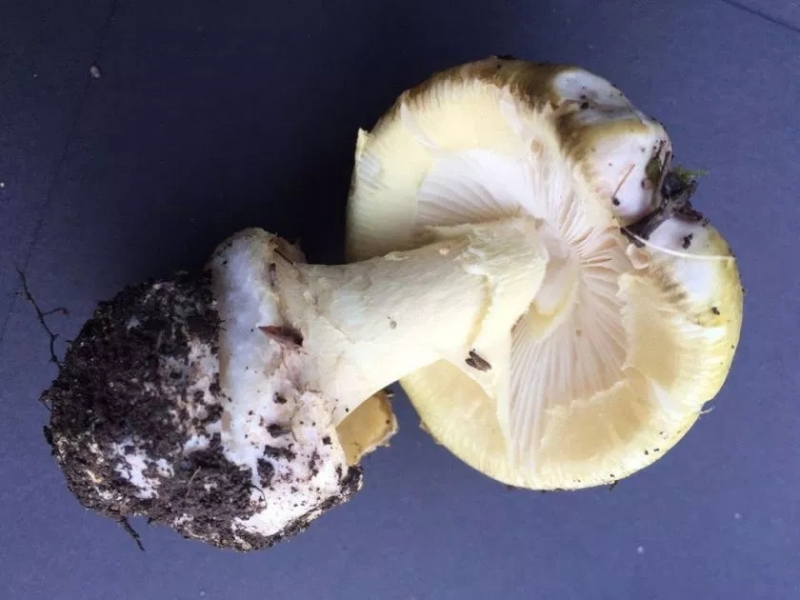
The deadliest mushroom on the planet is expanding into urban and rural areas across B.C., so doctors are now being educated on recognizing the symptoms of poisonings.
Poisonous death cap mushrooms (Amanita phalloides) initially came to B.C. on the roots of European trees like hornbeam, beech, hazelnut, lindens, chestnut and oaks. They now grow under mature native trees as well and are putting serious and amateur foragers, children, pets, and others at risk. The B.C. Centre for Disease Control is aware of up to six cases of toxic exposures, one of which was fatal.
Although the mushrooms won’t start growing under trees for at least another few months, doctors are being told now how to recognize the signs of mushroom poisoning to prevent fatalities, serious illness and hospitalizations.
An article in the current B.C. Medical Journal says there is a high risk that doctors will see more patients falling ill because the death cap is spreading. That has been borne out by sightings and data collected by the province’s best resource — the Vancouver Mycological Society and the Vancouver Island Mycological Society.
In 2016, a Victoria toddler died after he ate a death cap plucked from the ground in a residential neighbourhood.
























